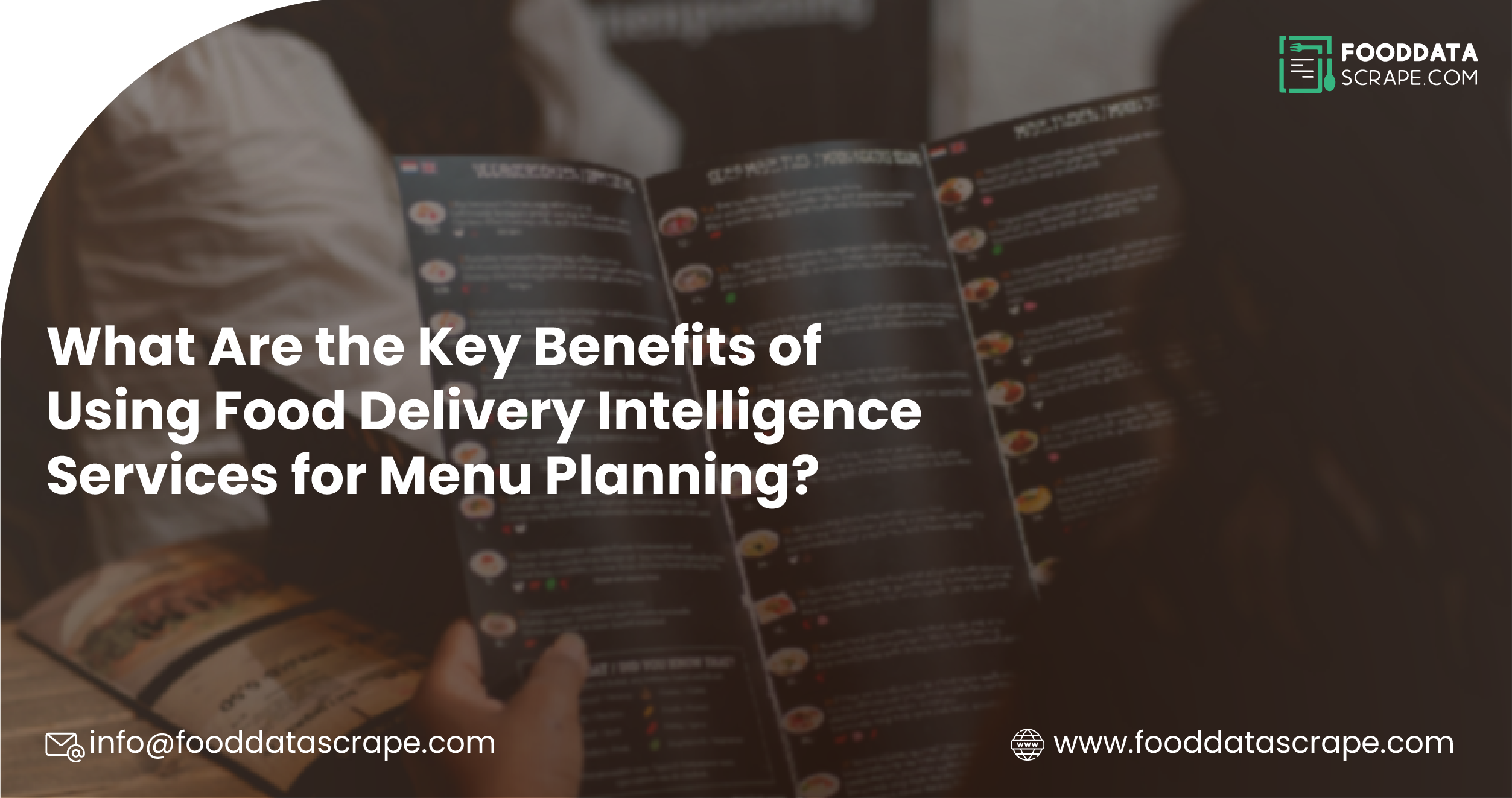With fast-changing trends and competition in the food industry, restaurants today must find and stand before shifting consumer preferences. Food delivery intelligence services give restaurants the tools and data-driven insights the restaurant and food delivery business needs to transform menu planning. Using food delivery analytics services gives restaurants an excellent, in-depth analysis of how customers behave, market trends, and what the competition is offering. This would help businesses decide what changes to menus, optimal prices, and new items to introduce based on consumer needs. Real-time statistics tracking helps restaurants improve customer satisfaction by matching their menus with local tastes and preferences. Moreover, such knowledge drives profitability by minimizing waste, bettering the menu, and keeping restaurants up-to-date with how best to compete. Winning in the rapidly changing and increasing competition in the food delivery market will depend on embracing food delivery intelligence services.
What is Food Delivery Intelligence?
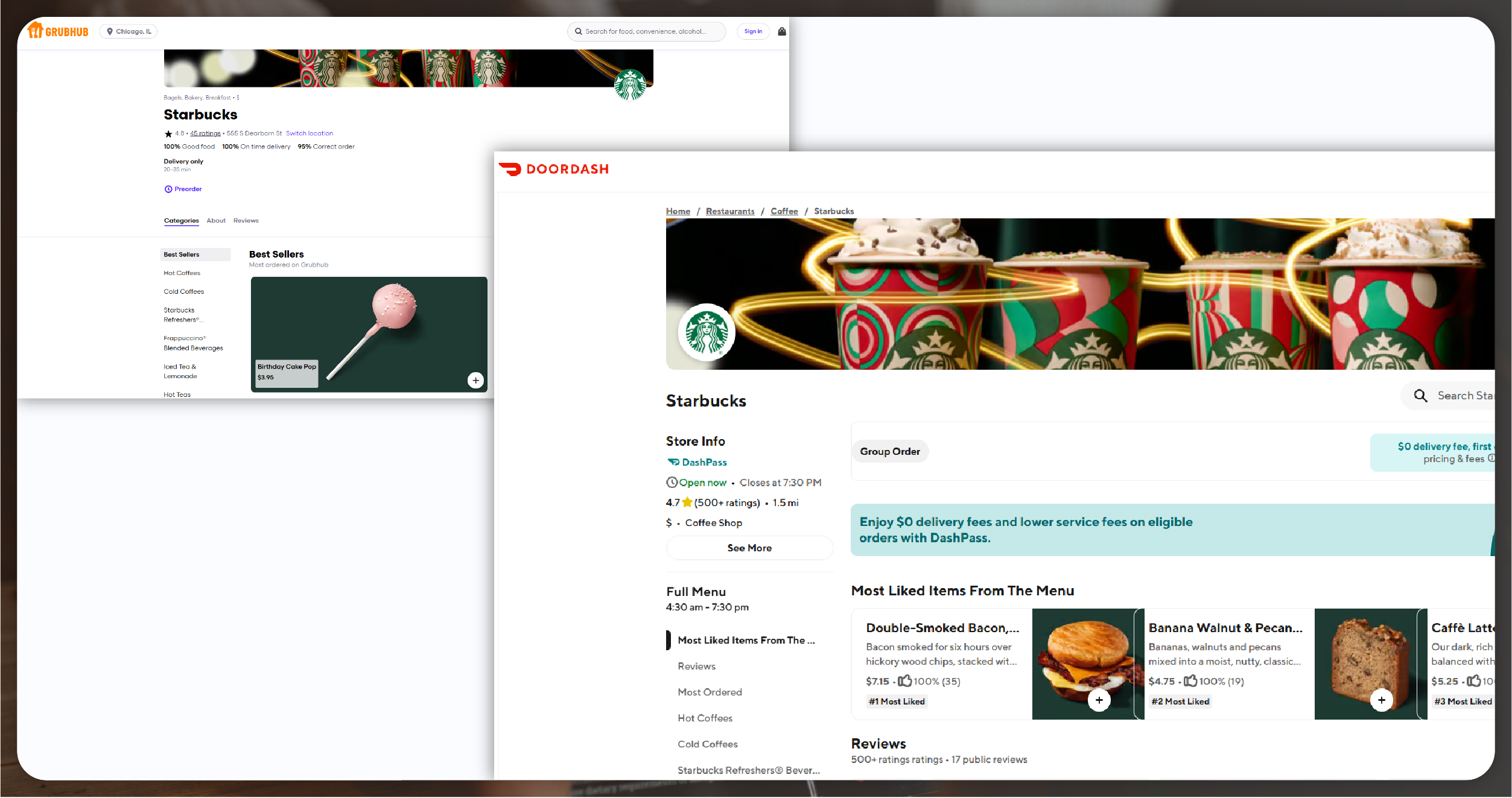
Food Delivery Business Intelligence services collect, analyze, and interpret data from a food delivery platform, as well as customer preferences and competitive offerings. Such services help restaurants and food service providers make informed decisions about menu options, pricing strategies, and marketing plans based on evidence. Through data from market leaders like Uber Eats, DoorDash, and Grubhub, Food Delivery Business Intelligence Services offer insightful guidance on demand for a market, its pricing, and various customer behaviors.
For example, by analyzing massive data volumes from various sources, Food Delivery Market Intelligence can indicate which dishes are most in demand, which products offer a high margin, and which pricing strategy should maximize sales. Additional services also help identify seasonal trends, regional preferences, and dietary inclinations in consumers. With the intelligence gathered, restaurants can refine their offers, create new menu items, and better navigate this fast-paced market. Such a data-driven approach ensures restaurants stay alive, relevant, and profitable.
The Role of Data in Modern Menu Planning
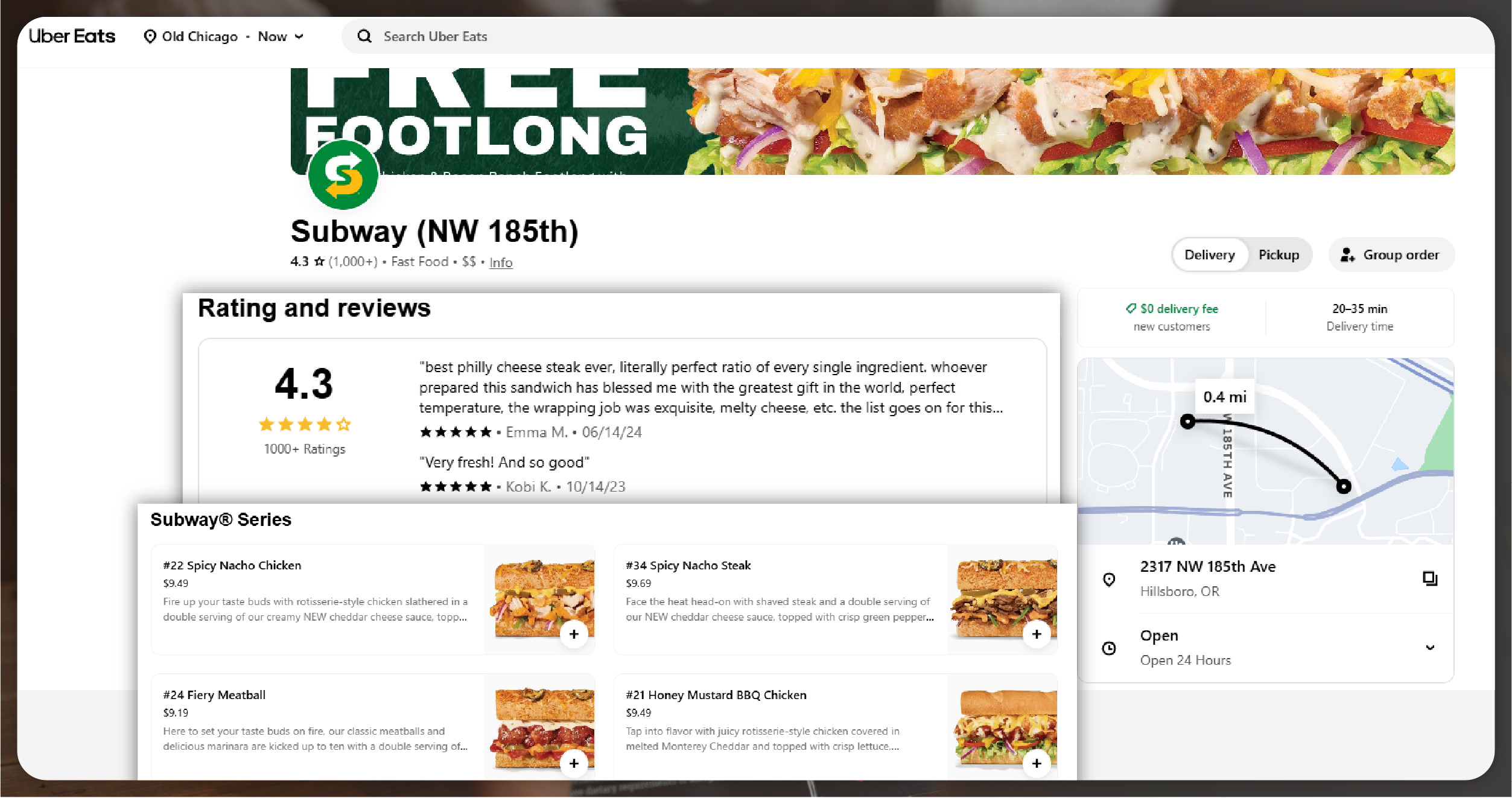
Menu planning has shifted from a traditional approach based on chef expertise and experience to incorporating advanced data analytics. Food delivery intelligence services collect data from a variety of sources, including:
- Customer reviews and ratings on delivery platforms
- Sales data from restaurants and delivery platforms
- Competitor pricing and menu items in the same region or market
- Market trends related to ingredients, dietary preferences, and flavors
Food service providers can use these data points to build a more detailed profile of customers' needs. These insights can help them create menus that resonate with customers and boost sales.
Critical Benefits of Food Delivery Intelligence for Menu Planning
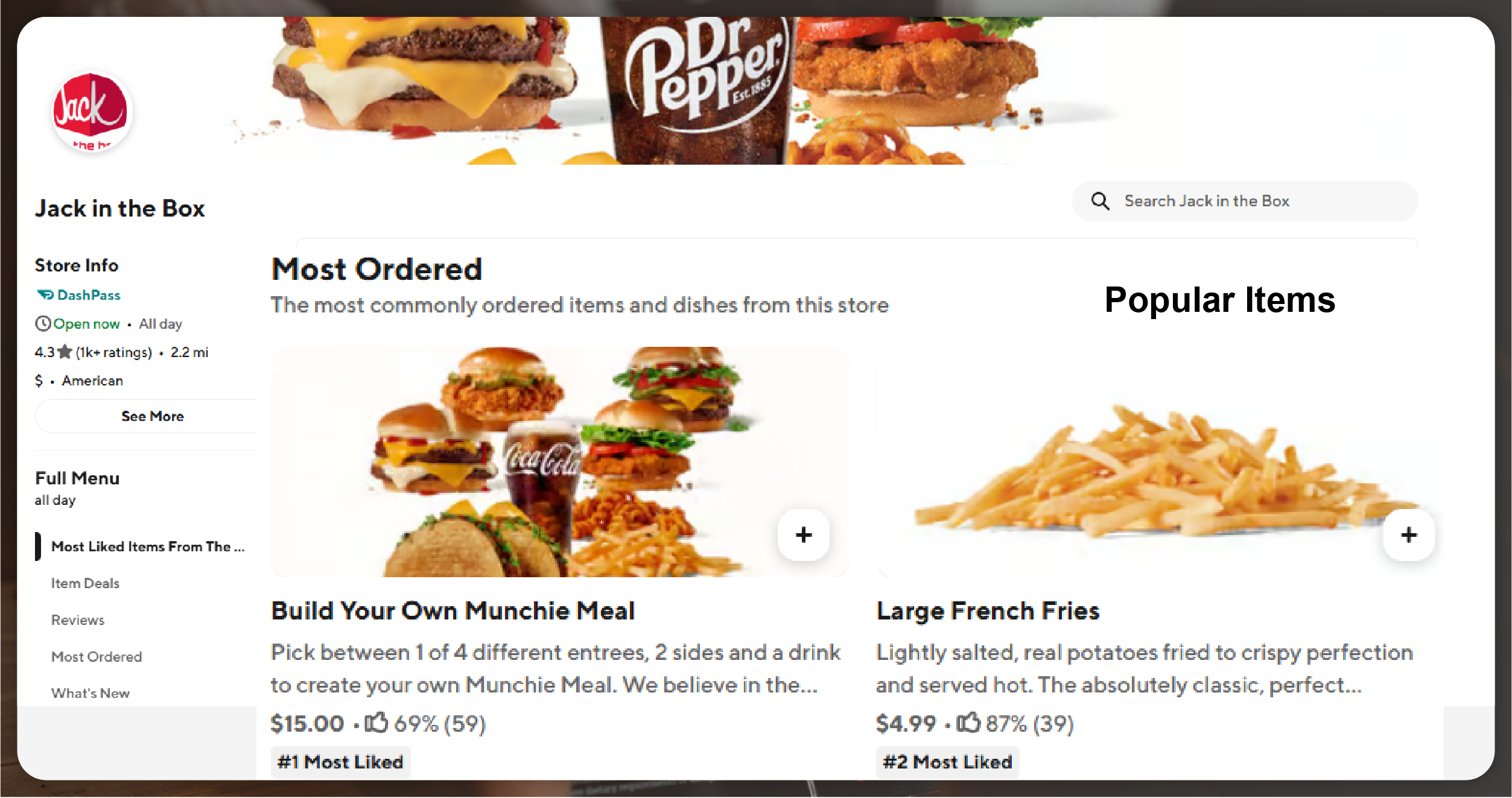
Food delivery intelligence offers critical benefits for menu planning, providing restaurants with valuable insights into customer preferences, pricing strategies, and seasonal trends. By leveraging this data, businesses can optimize their offerings, enhance customer satisfaction, and boost profitability.
Identifying Popular Items
One of the primary benefits of food delivery intelligence is identifying popular menu items. Food Delivery Data Extraction Services help restaurants understand which items are in high demand by analyzing customer preferences and purchasing patterns. For instance, a restaurant may discover that plant-based dishes are gaining popularity in its area, prompting it to introduce more vegan options.
Popular items often vary based on location, season, and time of day. Food Data Collection Services allow restaurants to track these fluctuations in demand, ensuring that they offer the most relevant items at the right time.
Pricing Optimization
Pricing is a critical factor in menu planning. Restaurant Data Intelligence Services provide insights into the optimal price points for menu items, considering competitor pricing, ingredient costs, and customer willingness to pay. By adjusting prices based on data-driven recommendations, restaurants can maximize profits without alienating price-sensitive customers.
For instance, a restaurant may discover that lowering the price of a popular appetizer by a small margin could significantly increase order volume, leading to higher overall revenue. Similarly, data may reveal that premium pricing on certain exclusive items could appeal to a specific demographic, increasing the brand's perceived value.
Enhancing Customer Satisfaction and Loyalty
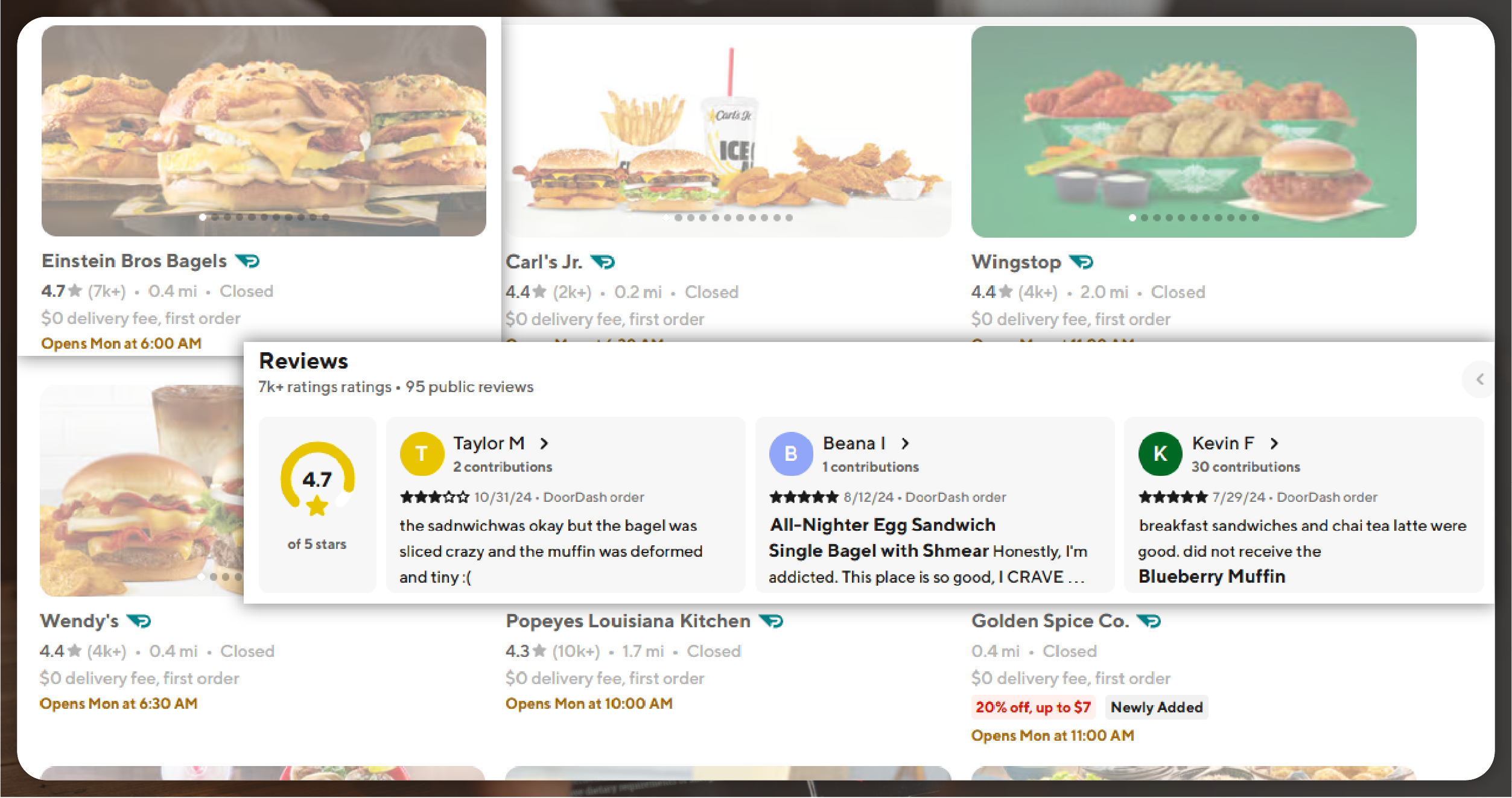
Customer satisfaction is directly linked to the quality and variety of menu items. Food Delivery Data Scraping Services analyzes customer feedback, reviews, and ratings to provide insights into areas for improvement. By addressing common complaints, such as portion sizes or ingredient quality, restaurants can make necessary adjustments to boost customer satisfaction.
For example, if customers consistently rate a dish poorly, Web Scraping Food Delivery Data may flag it as a low-performing item. The restaurant can modify the dish to improve its appeal or replace it with an alternative. Over time, this responsiveness to customer preferences fosters loyalty, as customers feel that their feedback is valued and their tastes are catered to.
Incorporating Seasonal and Regional Trends
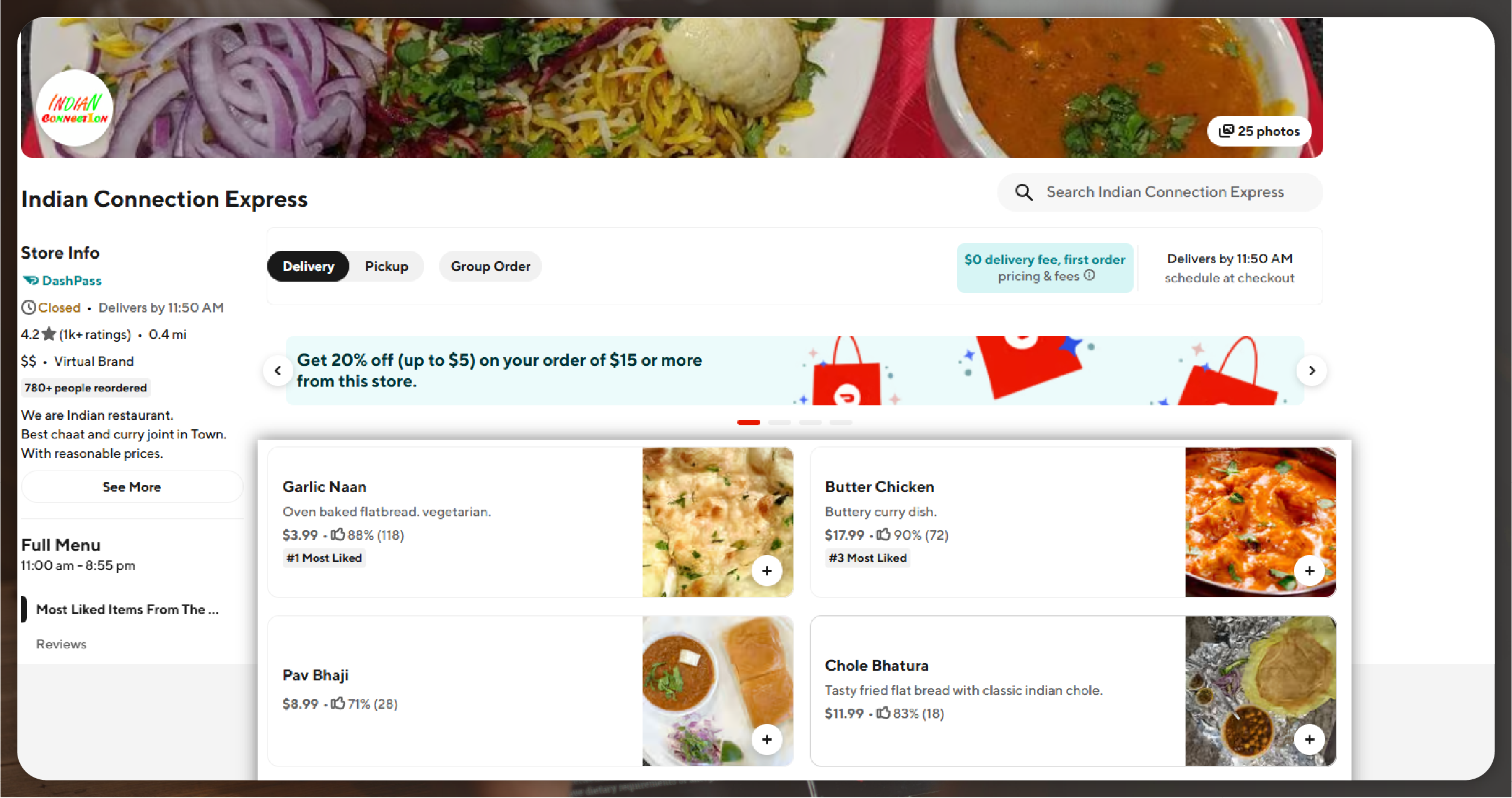
Menu planning is not a one-size-fits-all approach; it varies by season and region. Restaurant Menu Data Scraping provides data on emerging trends in specific locations, helping restaurants offer culturally relevant or seasonally appropriate items. For instance, a seafood restaurant may notice increased demand for grilled options in the summer and heartier seafood dishes in the winter.
Regional insights also play a crucial role. Certain areas may prefer spicier dishes or specific ethnic flavors. Food Delivery Data Extraction Services help restaurants tailor their menus to these preferences, appealing to local tastes and enhancing customer satisfaction.
Improving Inventory Management
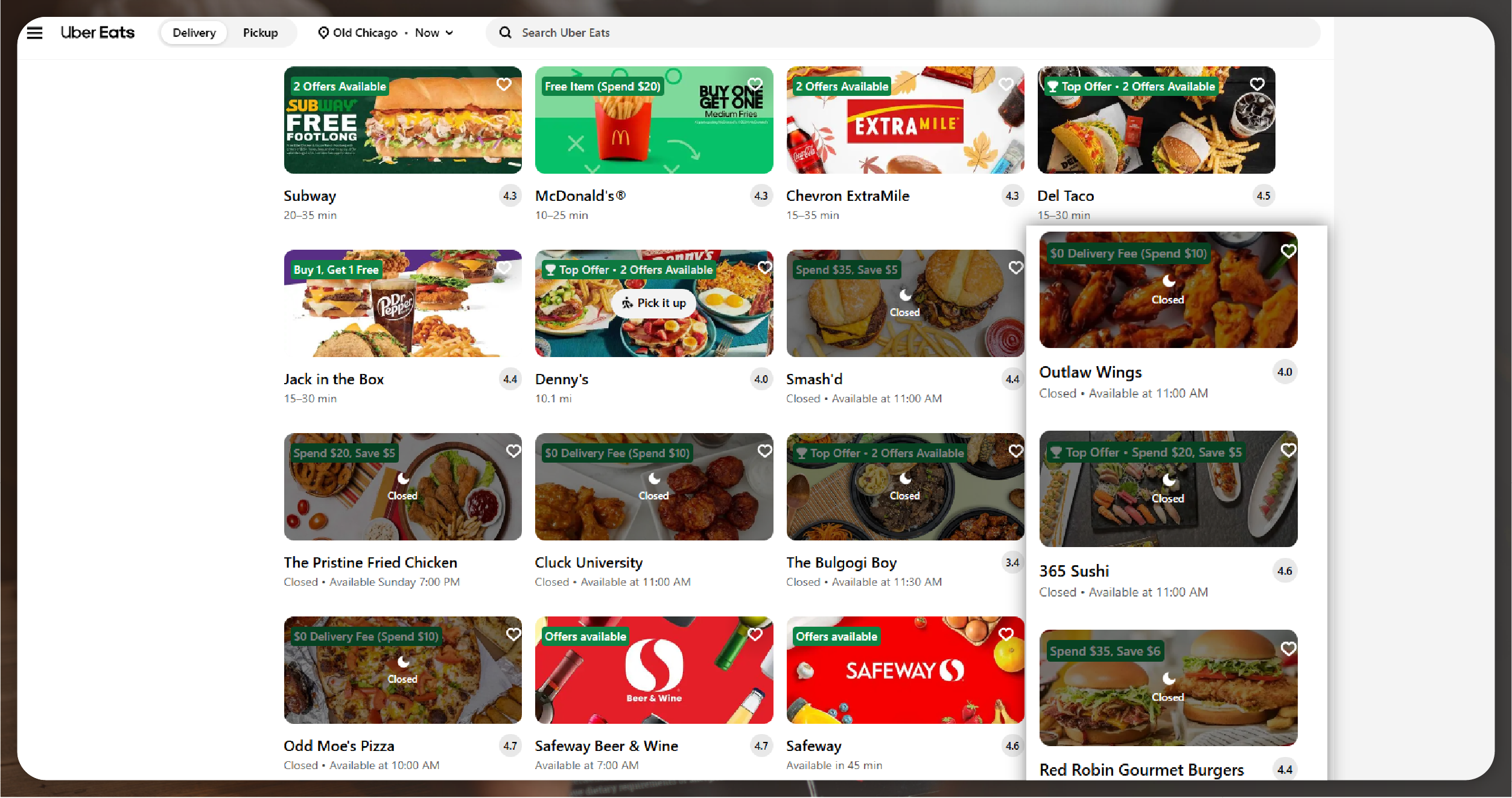
Efficient inventory management is a crucial aspect of menu planning, and Food Data Collection Services provide valuable insights into ingredient demand. By understanding which dishes are likely popular, restaurants can plan their ingredient purchases accordingly, reducing waste and controlling costs.
If a data analysis reveals that a particular dish is consistently popular, the restaurant can stock up on the necessary ingredients to avoid stockouts. Conversely, if certain ingredients are associated with low-demand items, the restaurant can reduce their purchases, reducing wasted resources.
How Food Delivery Intelligence Transforms the Menu Planning Process?
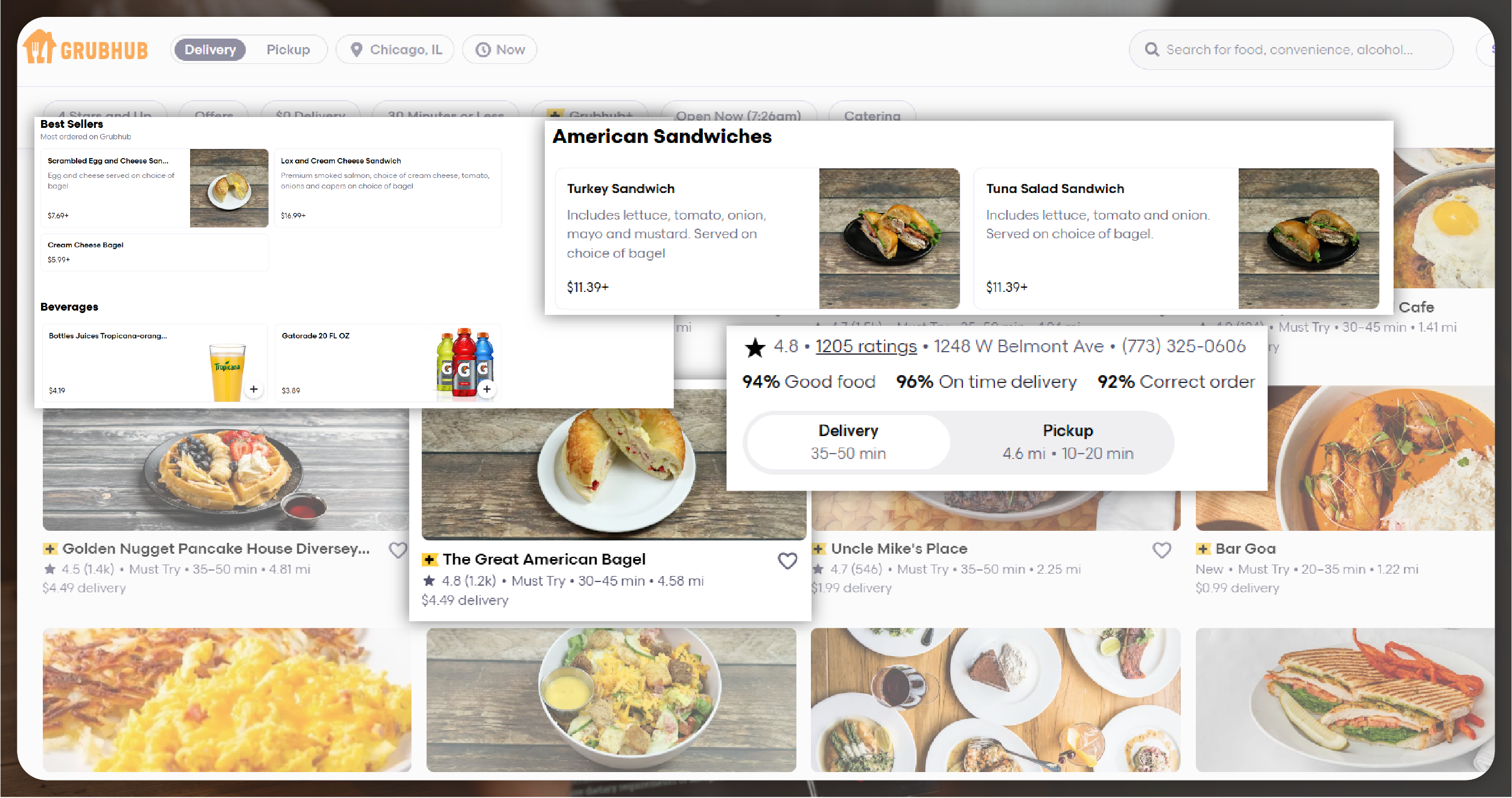
Food delivery intelligence revolutionizes menu planning by providing data-driven insights into customer preferences, market trends, and pricing strategies. This enables restaurants to optimize menu offerings, enhance customer satisfaction, and adapt to changing demands, ultimately improving profitability and competitiveness.
Step 1: Data Collection and Aggregation
Food delivery intelligence begins with data collection. This data includes sales figures, customer reviews, ratings, and competitive analysis from multiple food delivery platforms. The data is then aggregated into a centralized system, creating a comprehensive view of market trends.
Step 2: Data Analysis and Trend Identification
Advanced analytics tools analyze this aggregated data to identify patterns and trends. Machine learning algorithms may detect correlations between variables, such as price changes and sales volume, or identify seasonal shifts in customer preferences.
Step 3: Insights and Recommendations
Once trends are identified, food delivery intelligence services provide actionable insights and recommendations. For instance, if a restaurant's competitors sell similar dishes at lower prices, the service may suggest adjustments to remain competitive.
Step 4: Menu Optimization
Based on the insights, restaurants can make data-driven adjustments to their menu. This may involve introducing new items, discontinuing low-performing dishes, adjusting portion sizes, or revising prices. Regular menu optimization helps ensure the restaurant's offerings remain relevant and profitable.
Step 5: Monitoring and Feedback Loop
The final step is monitoring customer responses to the updated menu. Feedback from customer reviews, ratings, and sales data is continually fed into the system, creating a cycle of ongoing improvement. This feedback loop allows restaurants to stay agile and adapt their menus to evolving consumer tastes.
Real-World Applications of Food Delivery Intelligence
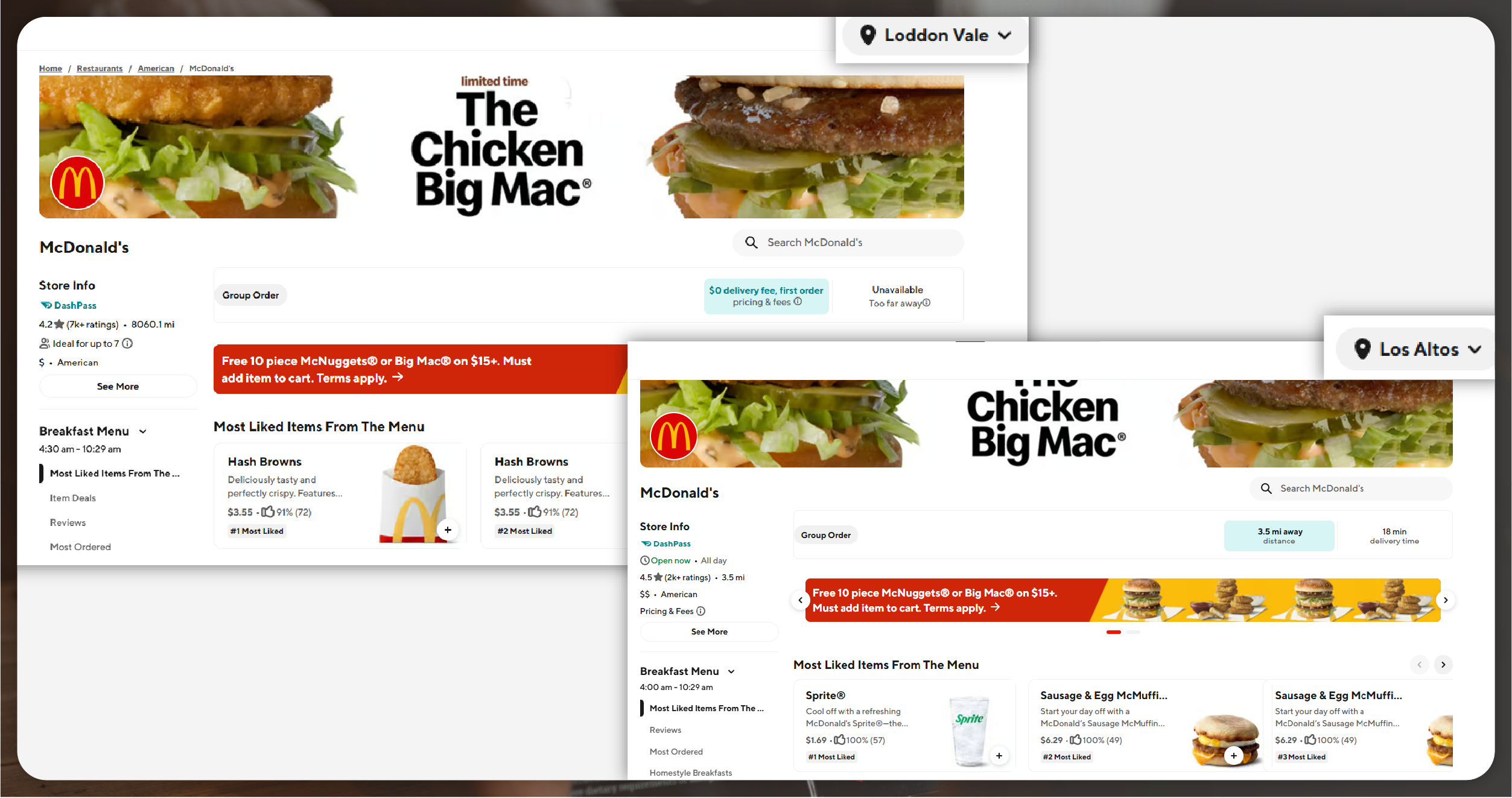
Many restaurants and food service providers are already reaping the benefits of food delivery intelligence. For instance:
- Quick-service chains use intelligence services to optimize their menus based on customer preferences across different locations.
- Fine dining establishments tailor their menus based on seasonal ingredient availability and high-margin dishes.
- Regional fast-food chains adjust their offerings to appeal to local tastes, leveraging insights into dietary preferences and flavor profiles.
Future of Food Delivery Intelligence in Menu Planning

The future of menu planning with food delivery intelligence is promising. As artificial intelligence (AI) and machine learning technologies evolve, food delivery intelligence will become even more sophisticated. Predictive analytics may soon allow restaurants to anticipate customer preferences before they emerge, offering a significant competitive advantage.
Additionally, as dietary trends such as veganism, gluten-free, and low-carb diets gain popularity, food delivery intelligence services will help restaurants tailor their menus to meet these niche demands. Restaurant data collection will be crucial in identifying these emerging trends and preferences. This adaptability will ensure that restaurants remain relevant and profitable in an ever- changing food industry. By leveraging Web Scraping Food Delivery Sites, businesses can continuously monitor competitor offerings and adjust their strategies accordingly, ensuring they stay ahead of the curve.
Conclusion
Food delivery intelligence services have transformed menu planning from an art to a science. By leveraging data on customer preferences, competitive pricing, and emerging trends, restaurants can make informed decisions that improve customer satisfaction, boost profits, and reduce waste. From identifying popular items to optimizing prices and managing inventory, food delivery intelligence provides the insights needed to create a menu that resonates with today's diners.
As food delivery platforms and technology continue to grow, the role of data in menu planning will only become more critical. Embracing Food Delivery Scraping API Services will enable restaurants to access real-time data on customer preferences and market trends, ensuring they stay ahead of the competition. A Food Price Dashboard can further help restaurants optimize pricing strategies, providing a comprehensive view of pricing trends across platforms and competitors. This enables restaurants to stay agile, meet evolving customer demands, and thrive in a competitive marketplace.
If you are seeking for a reliable data scraping services, Food Data Scrape is at your service. We hold prominence in Food Data Aggregator and Mobile Restaurant App Scraping with impeccable data analysis for strategic decision-making.

















































































